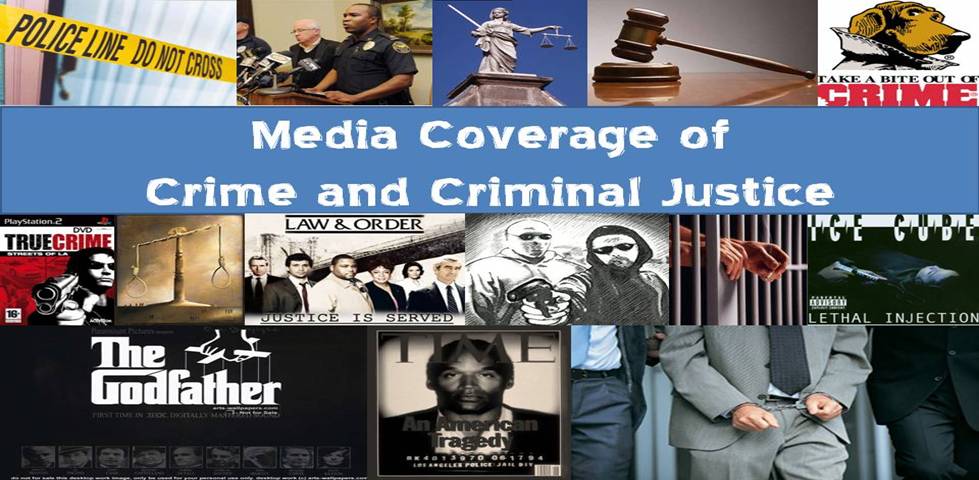Another? Yes, wait for it.
Here is the story from the Death Penalty Information Center:
INNOCENCE: New Evidence That Texas May Have Executed an Innocent Man
Posted: May 15, 2012
For years, opponents of the death penalty have pointed out the very real possibility that innocent people are killed with the death penalty. They've pointed to things like the "innocence list" from the Death Penalty Information Center, which now stands at an amazing 140 people released from death row since 1973.
Supporters have often responded with, where is your proof? Name one person who is innocent that is actually killed. And until recently, it was difficult to provide an answer.
The Death Penalty Information Center maintains a page featuring people executed despite serious doubts about their guilt. On that page are NINE cases, including that of Carlos DeLuna, noted above.
But also on that page is the case of Cameron Willingham, also out of Texas, which has also received an enormous amount of news:
Cameron Willingham Texas Convicted: 1992, Executed: 2004
After examining evidence from the capital prosecution of Cameron Willingham, four national arson experts have concluded that the original investigation of Willingham's case was flawed, and it is possible the fire was accidental. The independent investigation, reported by the Chicago Tribune, found that prosecutors and arson investigators used arson theories that have since been repudiated by scientific advances. Willingham was executed in 2004 in Texas despite his consistent claims of innocence. He was convicted of murdering his three children in a 1991 house fire.
Arson expert Gerald Hurst said, "There's nothing to suggest to any reasonable arson investigator that this was an arson fire. It was just a fire." Former Louisiana State University fire instructor Kendall Ryland added, "[It] made me sick to think this guy was executed based on this investigation.... They executed this guy and they've just got no idea - at least not scientifically - if he set the fire, or if the fire was even intentionally set."
Willingham was convicted of capital murder after arson investigators concluded that 20 indicators of arson led them to believe that an accelerent had been used to set three separate fires inside his home. Among the only other evidence presented by prosecutors during the the trial was testimony from jailhouse snitch Johnny E. Webb, a drug addict on psychiatric medication, who claimed Willingham had confessed to him in the county jail.
Some of the jurors who convicted Willingham were troubled when told of the new case review. Juror Dorinda Brokofsky asked, "Did anybody know about this prior to his execution? Now I will have to live with this for the rest of my life. Maybe this man was innocent." Prior to the execution, Willingham's defense attorneys presented expert testimony regarding the new arson investigation to the state's highest court, as well as to Texas Governor Rick Perry. No relief was granted and Willingham was executed on February 17, 2004. Coincidentally, less than a year after Willingham's execution, arson evidence presented by some of the same experts who had appealed for relief in Willingham's case helped free Ernest Willis from Texas's death row. The experts noted that the evidence in the Willingham case was nearly identical to the evidence used to exonerate Willis. (Chicago Tribune, December 9, 2004).
Read "Texas Man Executed on Disproved Forensics" by Steve Mills and Maurice Possley, Chicago Tribune (December 9, 2004)
Read "Was an Innocent Man Executed in Texas?" by Anderson Cooper 360 Blog (April 9, 2007)
See also The Ernest Willis Case
The point of all this? It is pretty clear to anyone with any brain activity that the state of Texas has executed AT LEAST two innocent people.And why Texas? Because they lead the free world in the number of executions every year. And we know that the more a state carries out executions, the more mistakes they will make.
Some will react to this news with horror. Others won't care. Seriously, for some it is just an unfortunate reality, the cost of doing justice.
I think of people who have argued publicly that they support the death penalty even knowing that innocent people are occasionally innocent. One such person--Louis Pojman--even wrote something to the effect of this:
We know that, when firefighters are fighting fires, that a fire truck will occasionally run through a red light and kill an innocent bystander. Yet, we don't abolish firefighting just because every once in a while an innocent person is killed. After all, firefighters serve a vital function for society. They save lives.
This analogy has always bothered me. First, the death penalty is different than firefighting. Fire fighters aim to save lives; the death penalty merely takes lives (there is now literally no valid evidence that the death penalty deters murder and thus saves lives). Second, of course we don't abolish firefighting. There is no other way to put out fires. There are, however, other ways to reduce murder and to punish murderers. And they do not run the risk of killing an innocent person.
Many Americans really care about "big government." Amazingly, they get all upset when the government taxes them too much. We even have a new "Tea Party" (even though tax rates are at an all-time low; they are lower now than under the previous President and far lower than the last Democratic President). But they couldn't care less about the government killing them and their fellow citizens, apparently even when the people being killed are innocent.
Fortunately for those of us who see it differently, the writing is on the wall. Innocent people being killed by states will end the death penalty. We are well on our way, even in North Carolina where studies show the death penalty to be rare, ineffective, costly, racially biased, and a threat to the innocent. Hopefully, Texas will join the sane world soon.

No comments:
Post a Comment